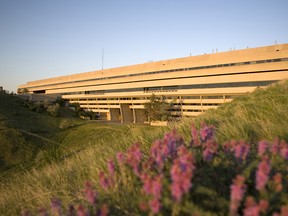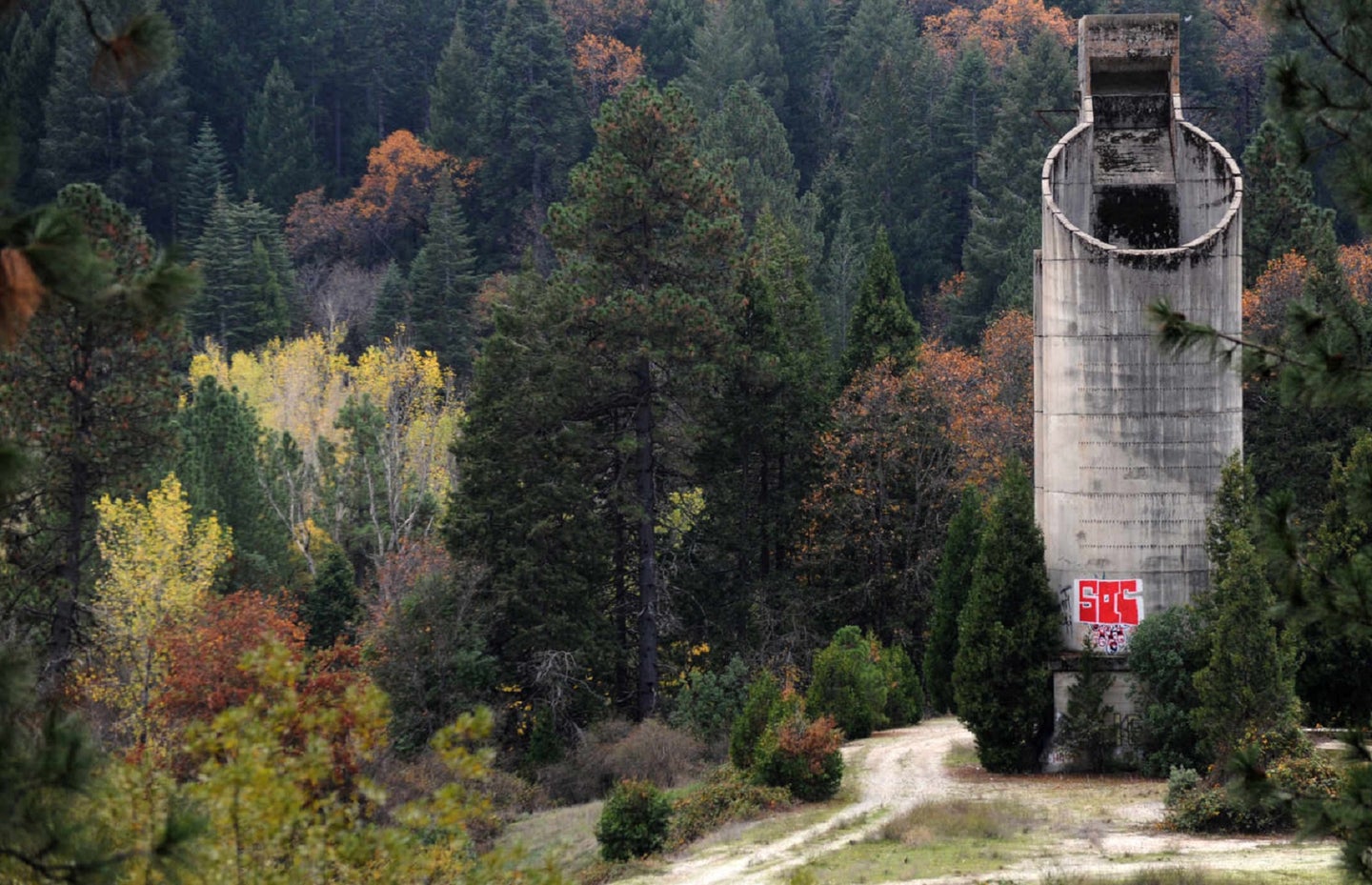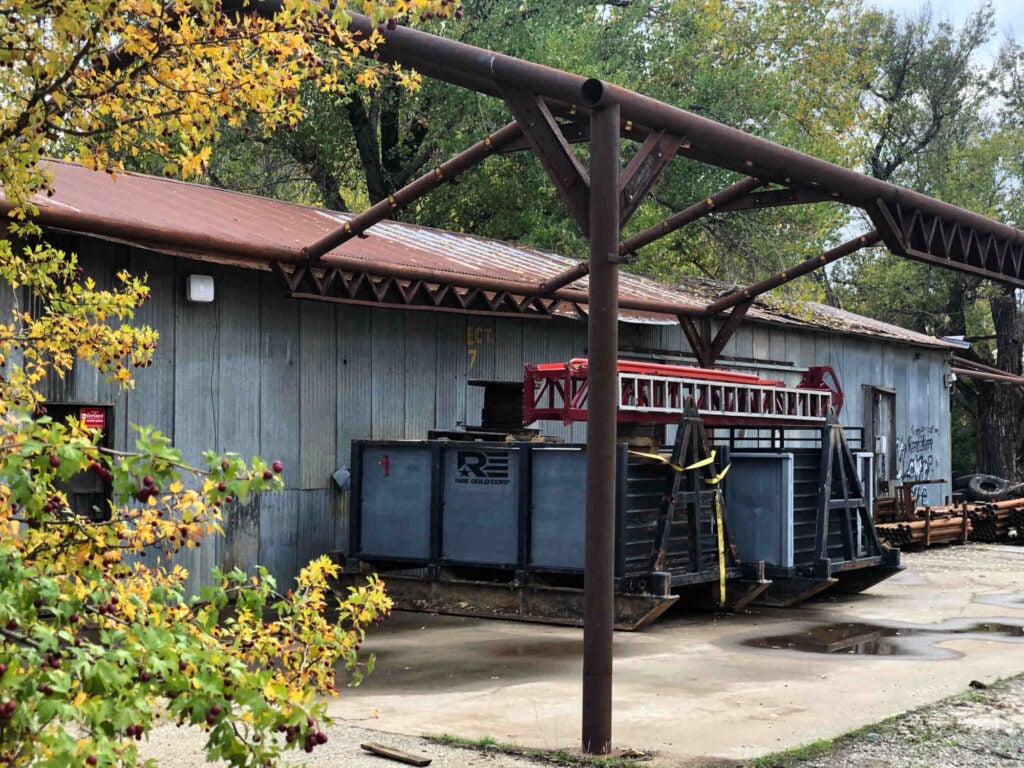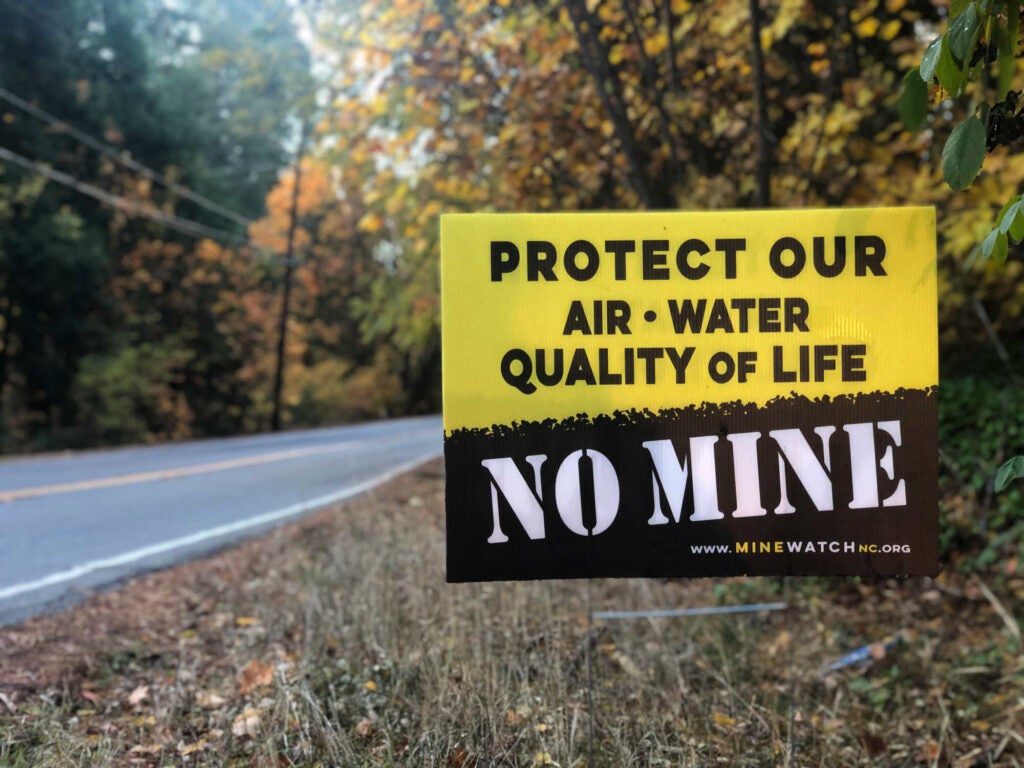Dutch TV reporter who was dragged away during live Olympic segment: 'We followed their orders'
ZHANGJIAKOU — Two words no journalist wants to hear in connection with their name are “dragged away,” and yet that’s exactly what happened to Dutch broadcaster Sjoerd den Daas. Chinese authorities hauled Den Daas, who was in the middle of a live broadcast at the Opening Ceremony for Dutch station NOS, away from the camera and shut down filming operations on live TV.
Den Daas and his camera operator were not injured in the incident, which only lasted a few seconds but was a stark reminder of the potential problems of reporting even innocent broadcast coverage from China. Den Daas was able to set up and resume his broadcast shortly after the incident.
The IOC downplayed the incident, placing the blame on an “overzealous” security official.
“It was an unfortunate circumstance,” IOC spokesman Mark Adams said at a later daily news briefing. “These things do happen, and I think it’s a one-off. I hope it’s a one-off.” The IOC indicated it had reached out to NOS about the incident, but NOS officials told local Dutch media they had not heard from the IOC.
The media in Beijing and surrounding venues are operating in a strict “closed-loop” system, with no freedom of movement beyond the edges of competition venues, official headquarters and hotels. Fences envelop every building within the “bubble,” and guards stand at every checkpoint and gate. Chinese authorities say the bubble is intended to contain the spread of COVID and protect the Chinese population from potential foreign infection, but the obvious effect is that Western media are prevented from connecting with anything outside the sharply regulated and sanitized bubble.
Early Saturday morning Eastern time, Den Daas took to Twitter to give his version of events.
“Shortly before 7 o’clock, we began filming around the Bird’s Nest,” Den Daas wrote. “The police kindly directed us outside the area that was being cordoned off around that time. We followed their orders. We then spent some time setting up to film a TV live at the place the police had just referred us to.
“However, just after we had gone live, I was forcefully pulled out of the picture without any warning by a plainclothes man wearing a red badge that read, ‘Public Safety Volunteer.' He did not identify himself.
“At the same time, another man took our light installation. When asked, they couldn’t say what we had done wrong. We were able to continue our TV live from a parking lot around the corner.”
In an event as sprawling as the Olympics, with tens of thousands of police officers, volunteers and Olympic officials patrolling their own spaces, it’s not unusual for one enforcement hand not to know what the other is doing. Just hours before the Opening Ceremony, a police officer outside the Main Media Center was not aware of the location for media to board shuttle buses to the ceremony … even though the location turned out to be within sight, about 10 yards away.
The air around the Bird’s Nest during the Opening Ceremony was already charged with both anticipation and nerves. Reporters were not permitted to bring items as routine as charging blocks into the Bird’s Nest. Volunteers pointed reporters arriving at the Opening Ceremony toward designated press, broadcast and photography locations, though gaps between the volunteers meant wandering off — whether for a broadcast live shot or for something as innocent as a selfie — was entirely possible. After the fireworks concluded, groups of spectators who’d been bused into the site actually crossed paths with departing media … which was exactly what the Chinese Olympic planners’ bubble had been designed to prevent.
Procedural confusion isn’t uncommon at the Olympics, and borders between permitted and non-permitted spaces often aren’t clearly marked, so it’s not unusual that the reporter and camera operator could have been guided to a place they weren’t permitted to be. The intense and, yes, “overzealous” on-camera crackdown, however, is a harsh-but-clear lesson that the respect for a free press that exists in the Western world is nonexistent in China.
“In recent weeks, we, like several foreign colleagues, have been hindered or stopped several times by the police while reporting on subjects related to the Games,” den Daas tweeted. “Therefore, it’s hard to see [Friday] night’s incident as an isolated incident, as the IOC claims, although such interference rarely happens live on broadcast. And now back to work.”
The Olympics run through Feb. 20.














